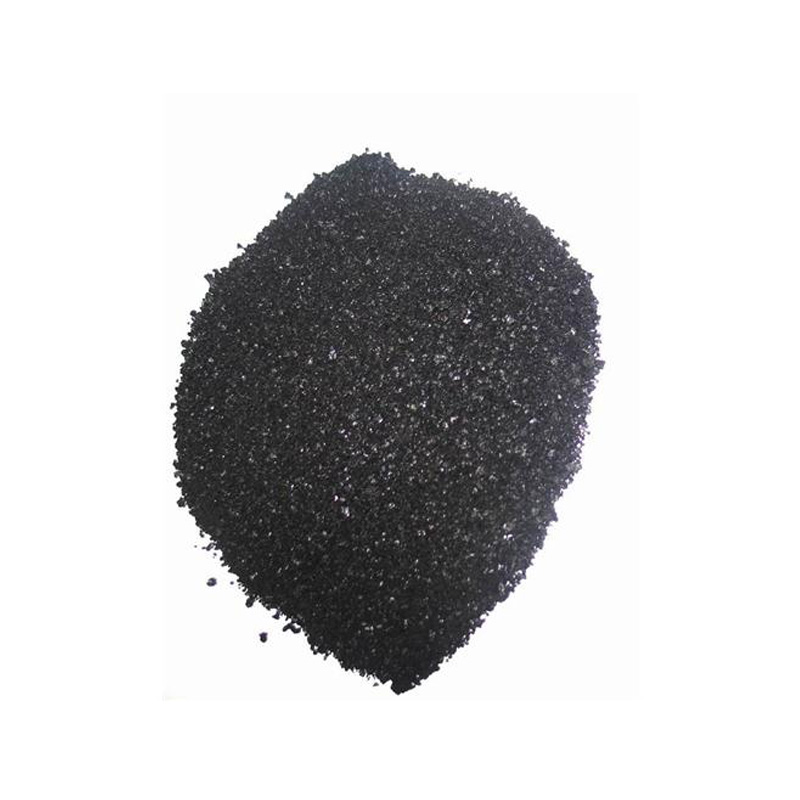Exploring the Art and Science of Traditional Indigo Dye Production in Modern Factories
The Indigo Dye Factory A Journey Through Tradition and Innovation
Indigo, one of the oldest dyes known to humanity, has been treasured for its deep blue color and rich cultural significance. The process of creating indigo dye is both an art and a science, passed down through generations in various cultures around the world. At the heart of this tradition lies the indigo dye factory, a place where history, craftsmanship, and modern techniques converge to produce this vibrant dye.
The History of Indigo Dye
The use of indigo dye dates back thousands of years, with evidence of its use found in ancient civilizations across Asia, Africa, and the Americas. The dye is derived from the leaves of the indigo plant, most notably Indigofera tinctoria. The unique aspect of indigo is its ability to produce a rich blue color that was highly prized in ancient textiles. Historical records indicate that indigo was used by cultures such as the Egyptians, Greeks, and the native peoples of the Americas long before it became a global commodity in the textile industry.
The Craftsmanship of Indigo Dyeing
The process of dyeing with indigo is intricate and requires skill and patience. It begins with the harvesting of indigo leaves, which are then fermented to create a dye solution. This solution undergoes a series of chemical reactions, converting the indigo into a soluble form. Once prepared, fabric or yarn can be dipped into this solution, where the material absorbs the dye. The magic occurs during the oxidation process when the fabric is exposed to air, turning from green to the signature deep blue.
In an indigo dye factory, artisans often meticulously manage every step, ensuring that the fabric achieves the desired hue
. Traditional techniques involve multiple dips in the dye bath, allowing the color to intensify with each layer. Craftsmanship is crucial not only for achieving the perfect shade but also for maintaining the historical techniques that have been passed down.The Modern Indigo Dye Factory
indigo dye factory

In recent years, the indigo dye factory has evolved to incorporate modern technology while retaining the essence of traditional dyeing methods. These facilities often blend time-honored practices with innovative processes to improve efficiency and sustainability. For instance, many factories now utilize digital technologies to monitor dye production, optimize water usage, and reduce chemical waste.
Sustainability is a growing concern in the dyeing industry, and indigo is no exception. Some modern factories are focusing on organic indigo cultivation and exploring the use of natural alternatives to synthetic dyes. By embracing eco-friendly practices, these factories not only produce beautiful textiles but also contribute positively to the environment.
Cultural Significance and Fashion Trends
The significance of indigo extends beyond its use in textiles. It is a symbol of cultural identity in many regions. Indigo-dyed fabrics are integral to traditional clothing, rituals, and artisanal craftsmanship. Today, the resurgence of interest in sustainable fashion has led to a renewed appreciation for indigo dyeing techniques. Designers are increasingly incorporating indigo into their collections, celebrating its rich history and beautiful aesthetics.
Indigo dye factories have also become popular destinations for tourists and textile enthusiasts. Visitors can witness the dyeing process firsthand, participate in workshops, and learn about the historical and cultural contexts of indigo. This interactive experience not only enriches the understanding of indigo as a product but also fosters a deeper appreciation for the artisans behind its creation.
Conclusion
The indigo dye factory stands as a testament to the enduring legacy of one of the world’s oldest dyes. It embodies a fusion of tradition and innovation, where centuries-old techniques meet modern advancements to create stunning textiles. As the global demand for sustainable and culturally rich products continues to rise, indigo remains a vibrant symbol of artistry and heritage, connecting the past with the present. Through the work done in these factories, the beauty of indigo will surely continue to thrive for generations to come.
-
The Timeless Art of Denim Indigo Dye
NewsJul.01,2025
-
The Rise of Sulfur Dyed Denim
NewsJul.01,2025
-
The Rich Revival of the Best Indigo Dye
NewsJul.01,2025
-
The Enduring Strength of Sulphur Black
NewsJul.01,2025
-
The Ancient Art of Chinese Indigo Dye
NewsJul.01,2025
-
Industry Power of Indigo
NewsJul.01,2025
-
Black Sulfur is Leading the Next Wave
NewsJul.01,2025

Sulphur Black
1.Name: sulphur black; Sulfur Black; Sulphur Black 1;
2.Structure formula:
3.Molecule formula: C6H4N2O5
4.CAS No.: 1326-82-5
5.HS code: 32041911
6.Product specification:Appearance:black phosphorus flakes; black liquid

Bromo Indigo; Vat Bromo-Indigo; C.I.Vat Blue 5
1.Name: Bromo indigo; Vat bromo-indigo; C.I.Vat blue 5;
2.Structure formula:
3.Molecule formula: C16H6Br4N2O2
4.CAS No.: 2475-31-2
5.HS code: 3204151000 6.Major usage and instruction: Be mainly used to dye cotton fabrics.

Indigo Blue Vat Blue
1.Name: indigo blue,vat blue 1,
2.Structure formula:
3.Molecule formula: C16H10N2O2
4.. CAS No.: 482-89-3
5.Molecule weight: 262.62
6.HS code: 3204151000
7.Major usage and instruction: Be mainly used to dye cotton fabrics.

